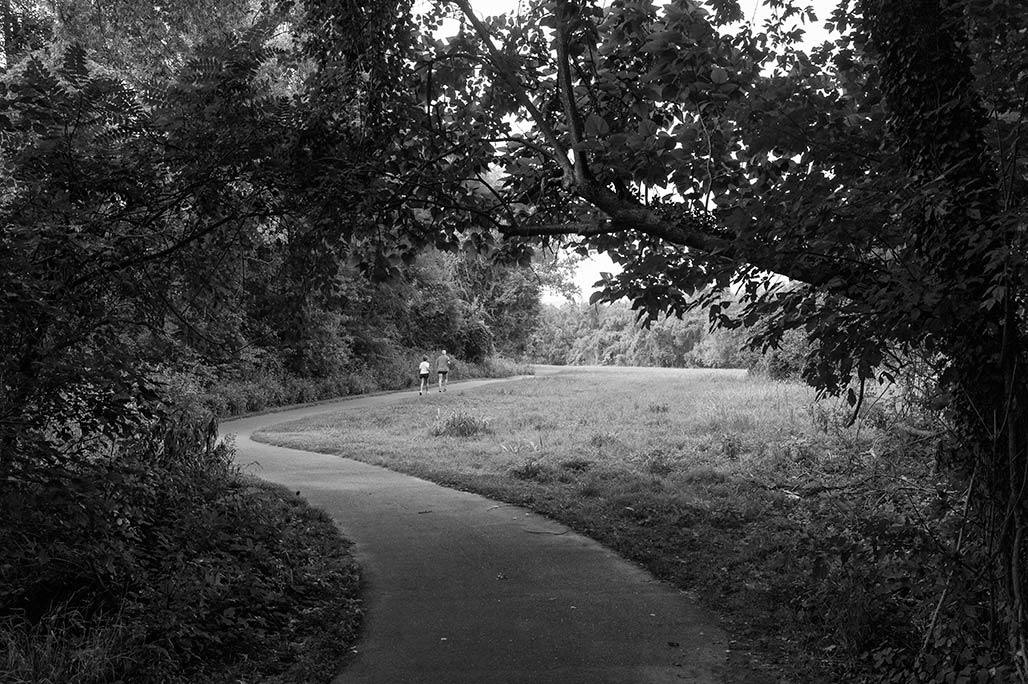
one of the more accessible sections of the trail system allowing for the circumambulation of Charlottesville.
The trail parallels the right bank of the Rivanna River for two miles,
terminating at Moores Creek at the base of Monticello Mountain.

Category: riverine
High Street
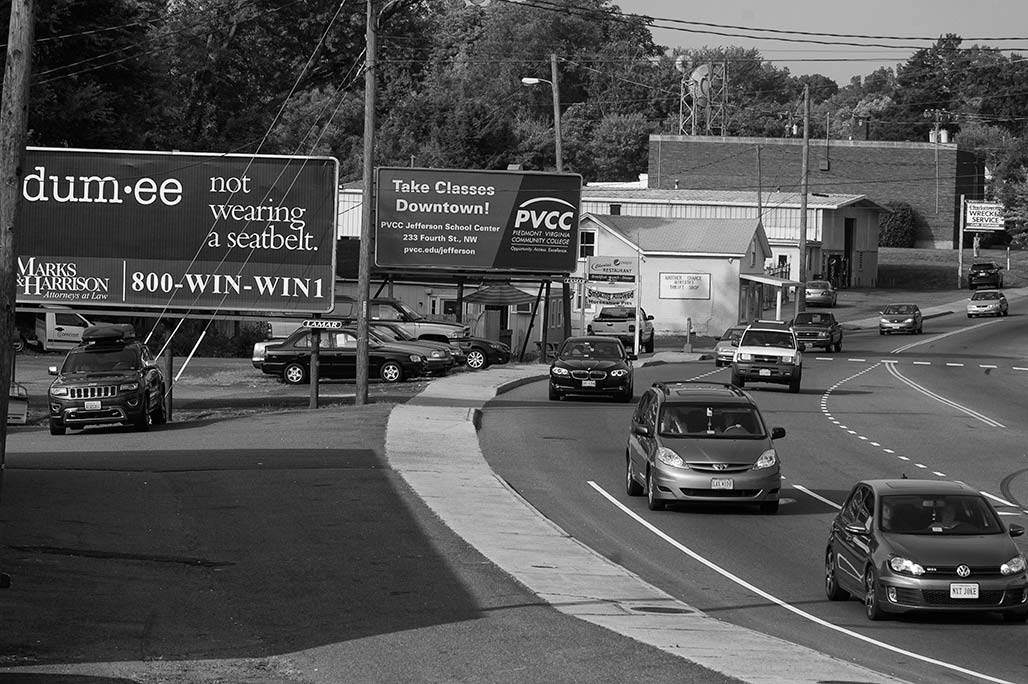
Charlottesville has a riverfront! Though hidden, inaccessible and
underutilized, it is a potential amenity with appeal to countless City and
County residents and visitors to the area. Nowhere is this fact more
significant than at the East High Street and River Road corridors. Attempts at
reclaiming the riverbank for recreational uses in the form of trails, playing
fields, and both passive and active green spaces, pay obvious dividends in
enhancing the quality of life for residents. Environmental and economic
benefits are likely to accrue as well. Incorporating Best Management Practices
for controlling storm water runoff as part of a river front park will help both
aspects. Less obvious, but tremendously important for the City’s continued
economic health, is the role that such amenities play in attracting a highly
skilled talent pool to a region. Increasingly, employees in the New Economy
are considering the proximity of recreational amenities to job and home as
they ponder multiple employment offers from companies in competing
geographic markets. The degree to which Charlottesville can integrate new
employment venues with such recreational (as well as urban) amenities, the
easier it will be for its companies to compete for talent. This will, in turn,
enhance the City’s ability to retain and expand its roster of New Economy
corporations.–pg 154 High Street Corridor Study December 2000, Torti Gallas and Partners CHK
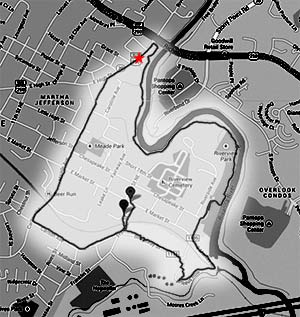
Town Creek

paddling at sunset
Rivanna railroad bridge
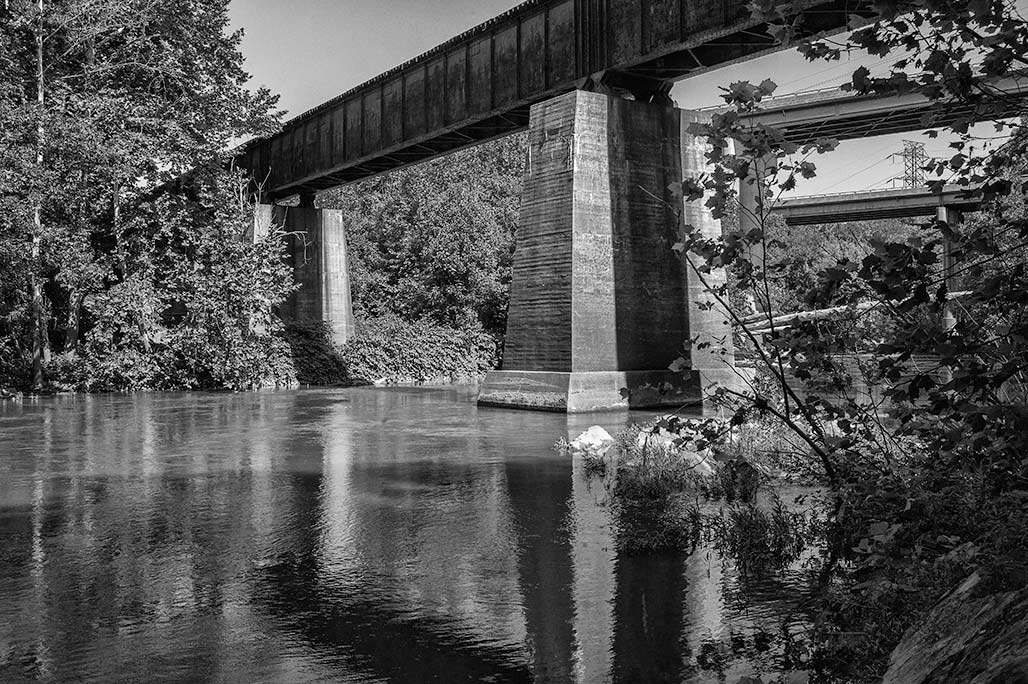
Railroad and interstate bridges east of Charlottesville, Virginia.
Rivanna River Planning
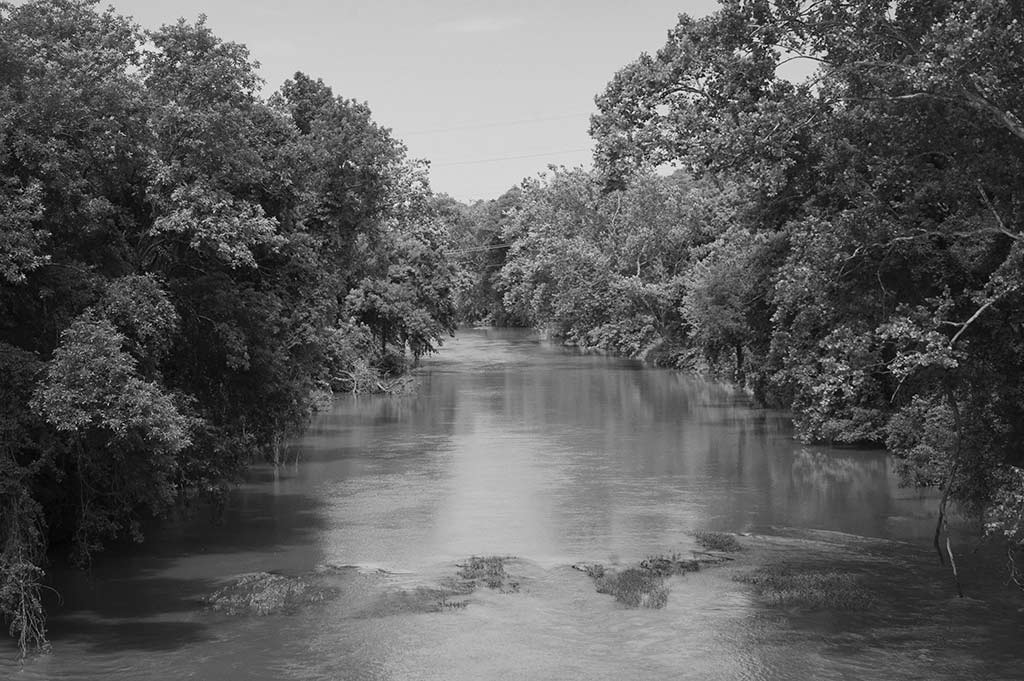
Albemarle County on the right, Charlottesville City on the left

A decade ago it was unusual to see people recreating on the Rivanna. I saw ten boats yesterday.
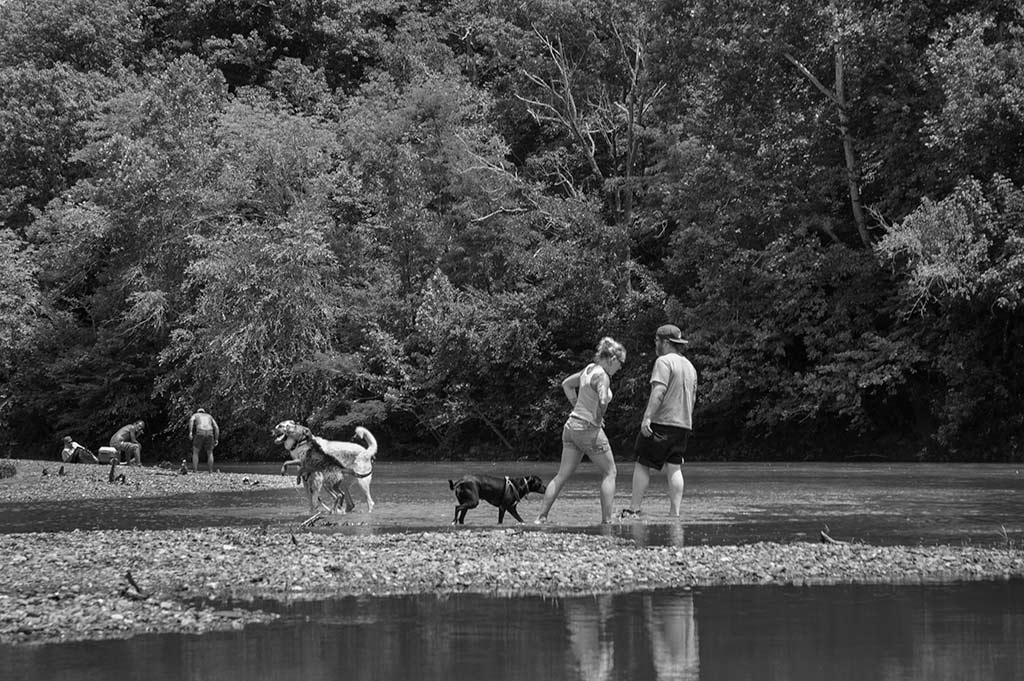
People in the river

People next to the river.
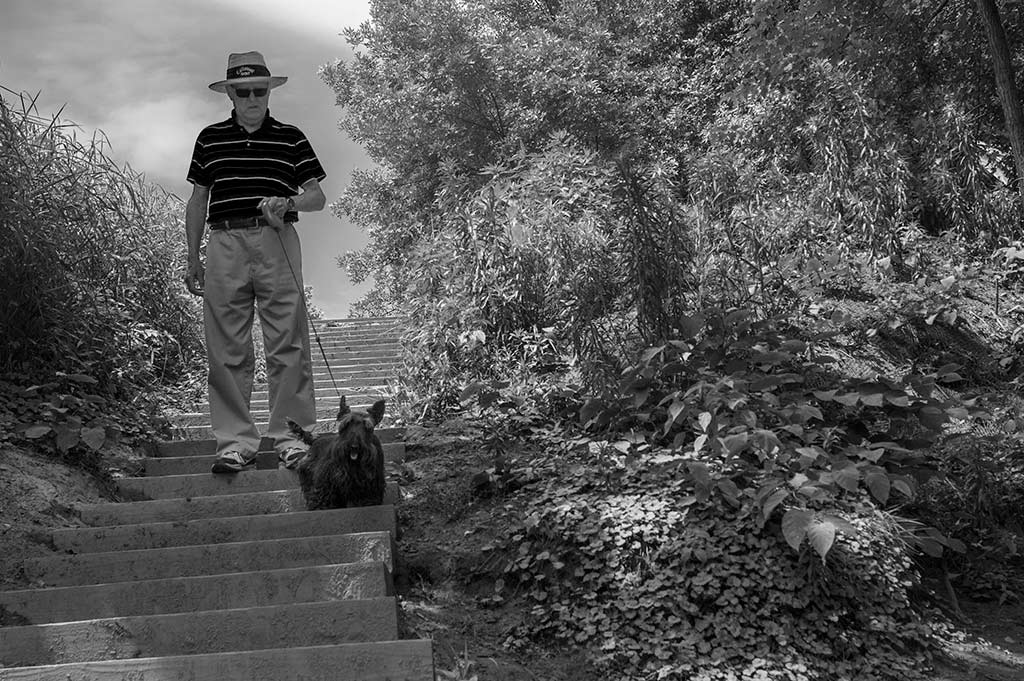
There are two formal access points to the river along the shared 3.7 mile County City waterfront. The stairway at Riverview Park was built by Eagle Scout Chris Keeling
July 1 the City Council and the County Board of Supervisors meet. Item F on their agenda:
F. Rivanna River Planning
Historically, Charlottesville’s and Albemarle County’s economies grew in relation to the major roads and the James and Rivanna rivers. The smaller Rivanna River had manufacturing mills and a system of dams, locks, and canals for navigation. Nine miles of the Rivanna River and its south fork between the South Fork Rivanna Reservoir and Woolen Mills are designated as part of the state Scenic River system. Both Charlottesville and Albemarle County are responsible for regulating land use along the Rivanna, and both governments are now recognizing the growth potential of the river as a shared asset. Both planning commissions have advocated for, “creation of a plan that incorporates a unified vision for land uses adjacent to the Rivanna River which supports the river corridor as a destination; and that develops a shared vision for parks, trails, and recreational opportunities associated with the river.” There is potential for valuable synergy in the City and the County further developing the riverfront as a place to play and live.
Albemarle’s draft comprehensive plan states, “The City and County will create a unified vision for land uses adjacent to the Rivanna River that supports the river corridor as a destination while ensuring the protection and improvement of the river’s water quality.” The City has a River Initiative and River Corridor Plan which notes the need for coordinated planning, and the City’s comprehensive plan states, “Work with regional partners to draft and implement a plan that better utilizes and protects the Rivanna River as an environmental, recreational and economic amenity.” By working together, the Board and Council can help to make the riverfront more beautiful and valuable.
http://billemory.com/blog/2013/01/16/watershed/
http://billemory.com/blog/2012/07/26/rivanna-river/
http://billemory.com/blog/2010/10/18/clean-water-2/
(letter from the Woolen Mills Neighborhood Association Board to City Council)
October 3, 2013
Re: Rivanna River Corridor Plan
Dear Charlottesville City Council,
Congratulations on your recent adoption of the update to the City’s Comprehensive Plan. The
newly updated Plan, like the versions of the Comprehensive Plan that preceded it, prioritizes
restoring the health of the City’s most under-appreciated asset: the Rivanna River. In light of the
clear, urgent interest throughout the community on planning for appropriate land uses along the
Rivanna corridor, we are writing to urge you to take the necessary first steps now to ensure that
meaningful and productive planning can occur along the City’s portion of this invaluable natural
resource.
Goal one of the new Comprehensive Plan’s Environment chapter reads:
Value the Rivanna River as a major asset in the life of our City and region and restore it
to a healthy condition within our ecosystem in order to improve habitat, watershed health
and water quality.
Achieving this important goal will remain elusive unless and until our community develops a
unified plan for land uses, green infrastructure projects, and best management practices along the
Rivanna corridor. This is because haphazard review and approval of individual development
proposals as they are submitted precludes any real consideration of how each proposal fits into a
broader vision for the river and its restoration. A Rivanna corridor plan has been contemplated
at least as far back as 1998, when the very first recommendation of the Rivanna River Basin
Roundtable’s State of the Basin report was to “[d]evelop a Corridor Plan to guide decision
making related to preservation and use of the Rivanna River.”
Due to the absence of focused action from our elected officials in the City and County, the
pressure for such a plan is bubbling up in other places, as seen in the UVA Architecture School’s
recent Rivanna River Vortex project, as well as the joint discussions between the Charlottesville
and Albemarle planning commissions that were conducted as part of the TJPDC’s Livable
Communities Planning Project, and which culminated in a call for the “[c]reation of a plan that
incorporates a unified vision for land uses adjacent to the Rivanna River that support the river
corridor as a destination; and that develops a shared vision for parks, trails, and recreational
opportunities associated with the river.”
The need for a Rivanna corridor plan is stronger than ever. Impairments to the Rivanna remain a
significant environmental and health problem for our community, and development pressures
along the river are only bound to increase as the economy gradually improves. To have any
realistic chance of achieving the Comprehensive Plan’s goals of restoring a major asset of the
City to a healthy condition, our community must get started on a Rivanna corridor plan as soon
as possible.
As the critical first step in developing a meaningful plan, we request that the City issue a
request for proposals to map and inventory the natural, cultural and built resources
located along the 3.7 miles of the City’s waterfront.
What do we stand to lose if we do not plan? The Police suggest that homeowners inventory and
photograph their valuables; we suggest the same approach be taken with the Rivanna corridor as
it passes through the City.
Giles

Giles wrote about the Rivanna several times.
Stingray Point

suspended solids
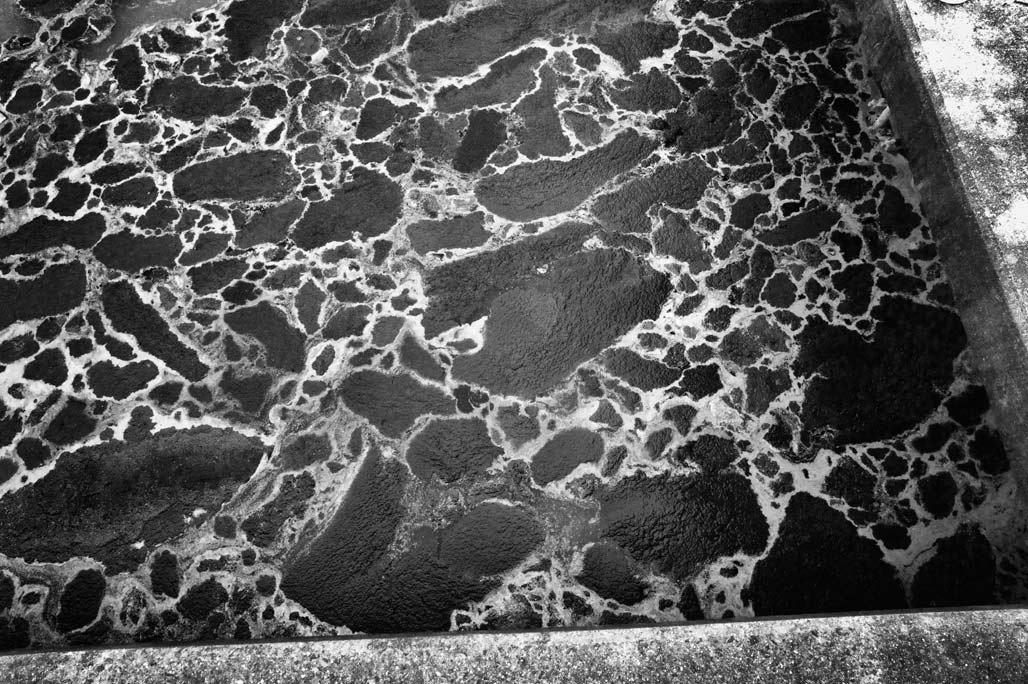
Clarke’s Three Laws are three “laws” of prediction formulated by the British writer Arthur C. Clarke. They are:
1. When a distinguished but elderly scientist states that something is possible, he is almost certainly right. When he states that something is impossible, he is very probably wrong.
2. The only way of discovering the limits of the possible is to venture a little way past them into the impossible.
3. Any sufficiently advanced technology is indistinguishable from magic.–Wikipedia
Magic work going on at the local wastewater plant, advanced bacteria wrangling. Can’t remember the nutrient removal figures, but as far as the chunky stuff:
Influent Biochemical oxygen demand of 234 mg/L, BOD of effluent 0. Total suspended solids in influent 215 mg/L, 1 mg/L in the effluent.
green and gray infrastructure
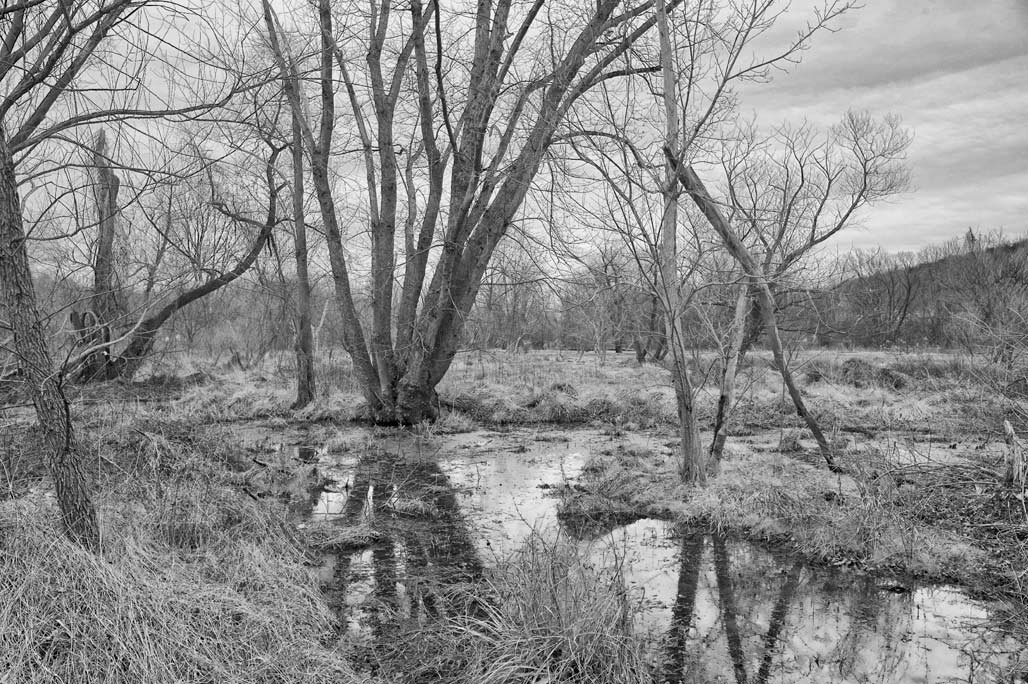
Pictured above, existing wetlands on the north bank of Moore’s Creek upstream from its intersection with the Rivanna

Pipe which will convey stormwater to the wetlands.
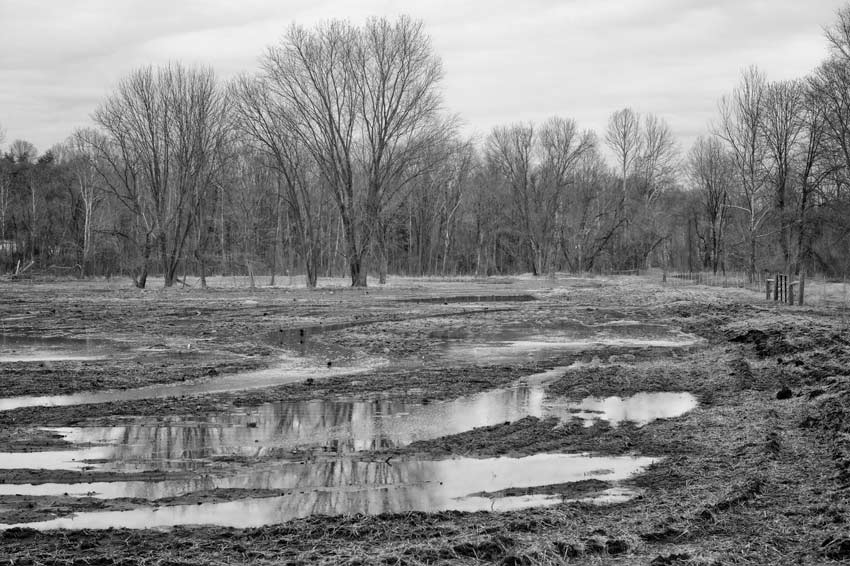
Five acres of wetland under construction.
watershed
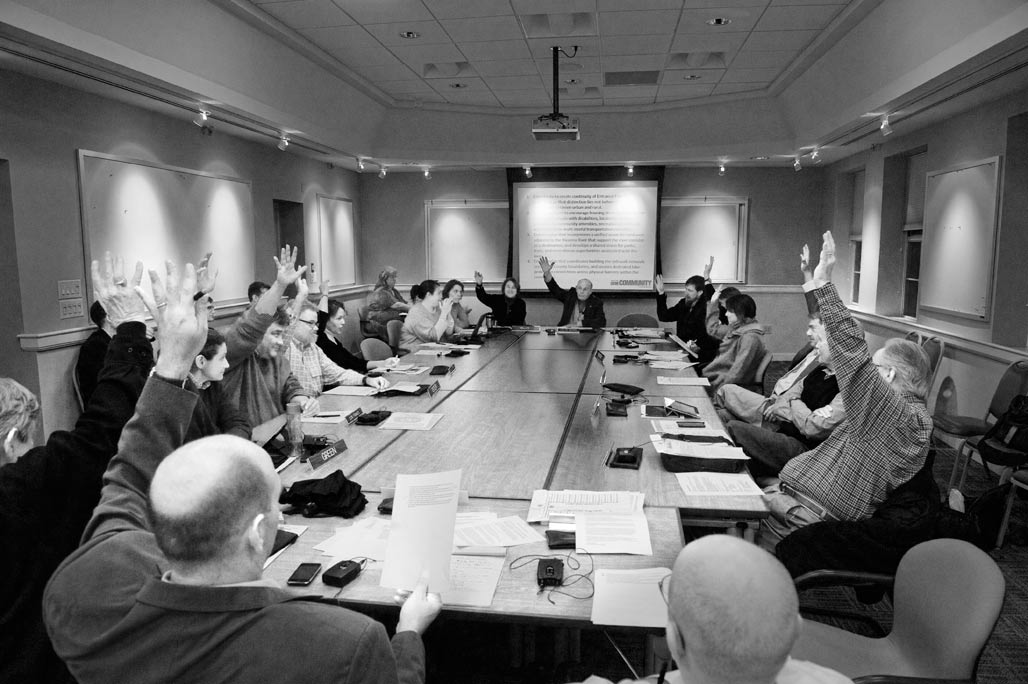
January 15, Room 241, Albemarle County Office Building. Members of the Charlottesville and the Albemarle County Planning Commissions raise their hands in near unanimous support for the joint implementation item:
“Create a plan that incorporates a unified vision for land uses adjacent to the Rivanna River that support the river corridor as a desitination; and develops a shared vision for parks, trails and recreational opportunities associated with the river.”

Across town, January 14, UVA Architecture kicked of its all school workshop “The Rivanna River Woolen Mills & Pantops”. Here Dan Bluestone addresses several hundred students and faculty who will be involved in the project. Charlottesville Tomorrow has the story and audio.
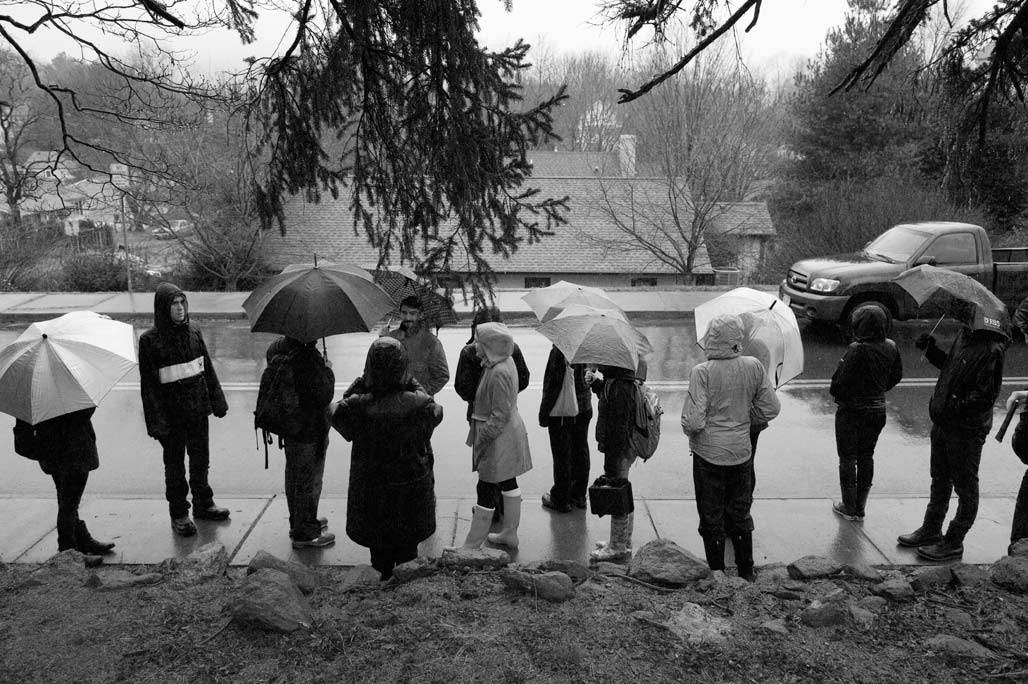
UVA Department of Urban and Environmental Planning/City Councilor Kathy Galvin walks and talks a group of students through the Woolen Mills during a site visit January 15.